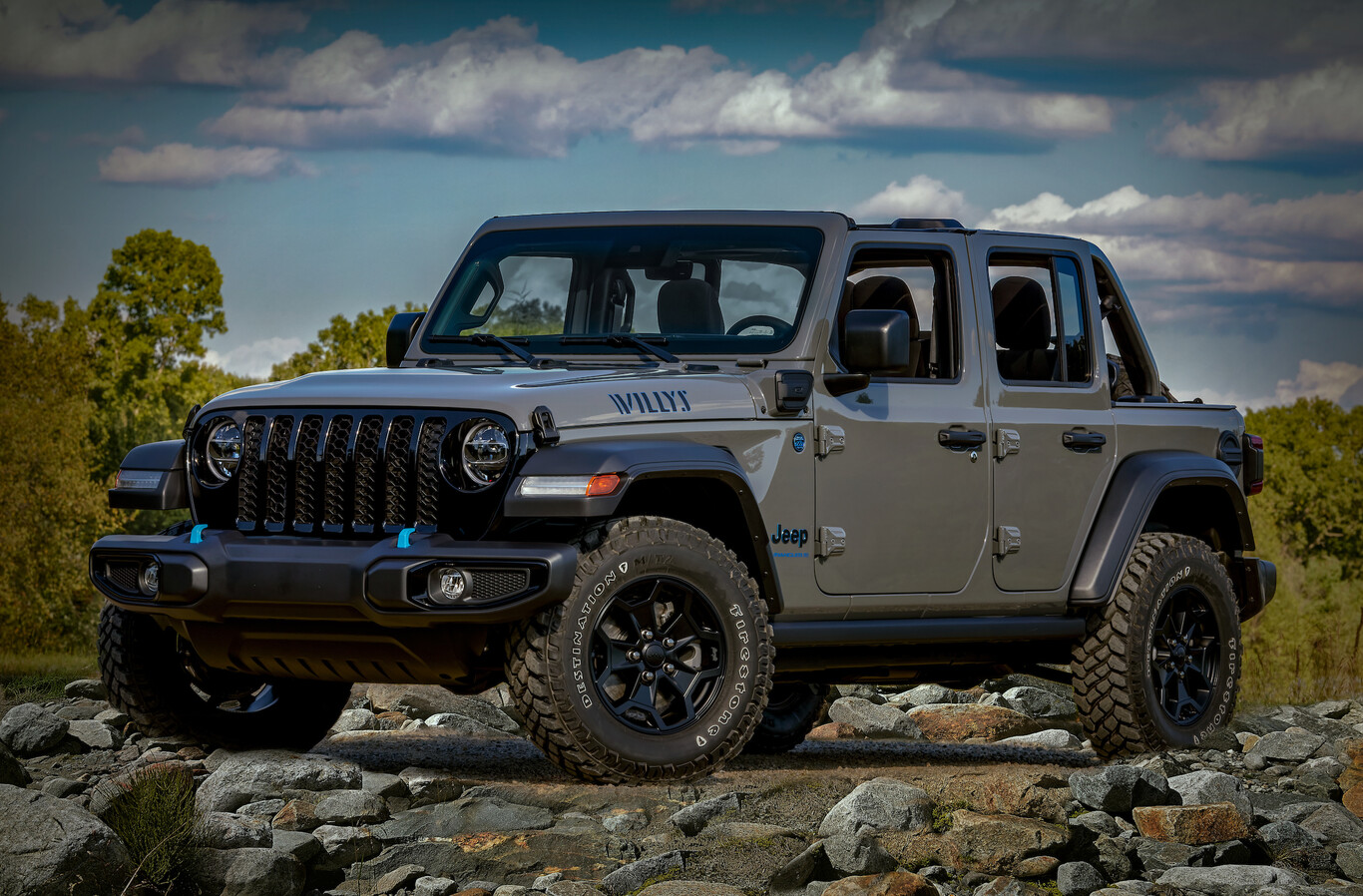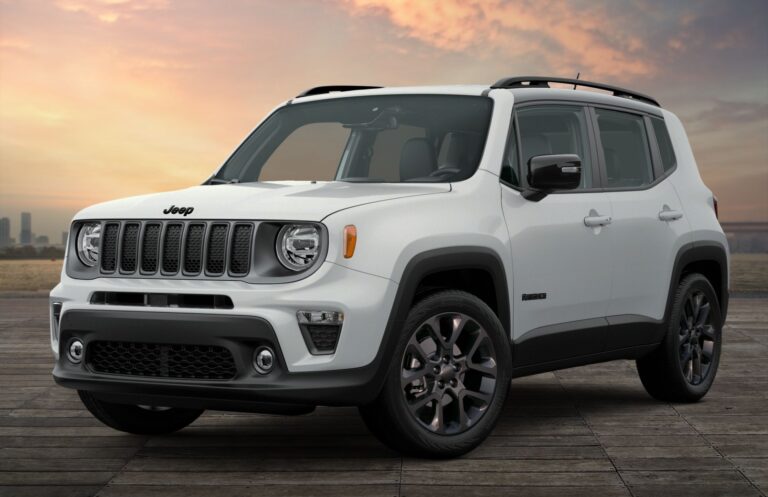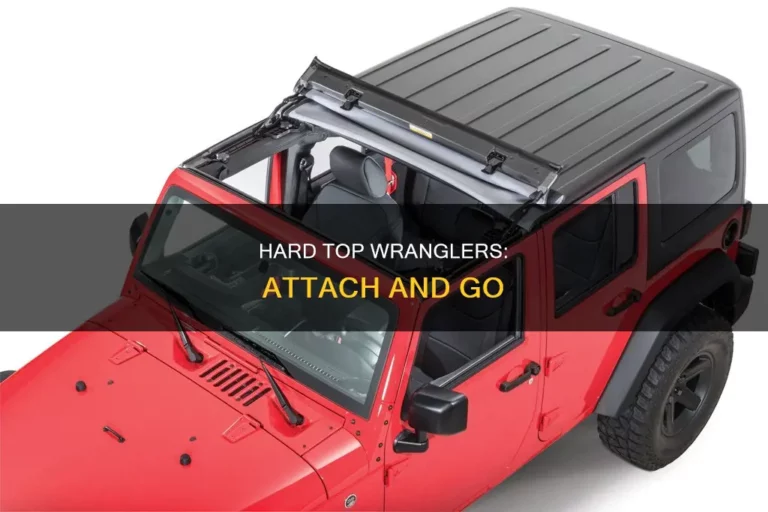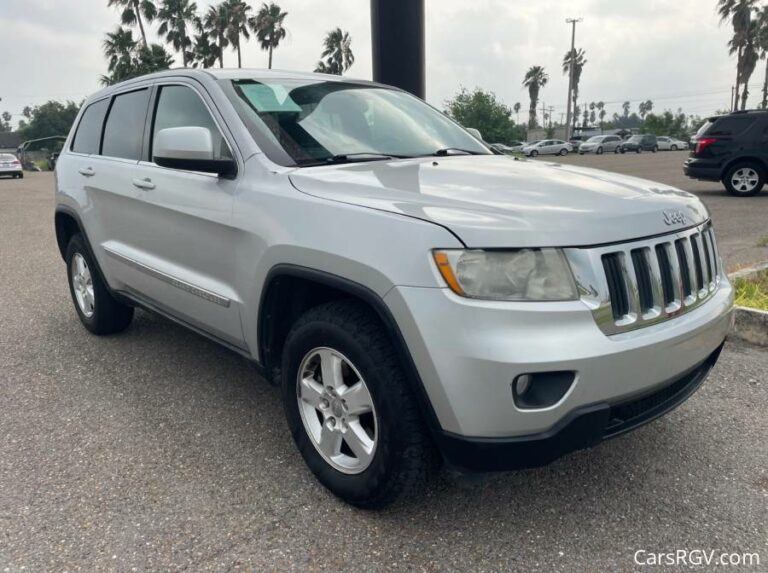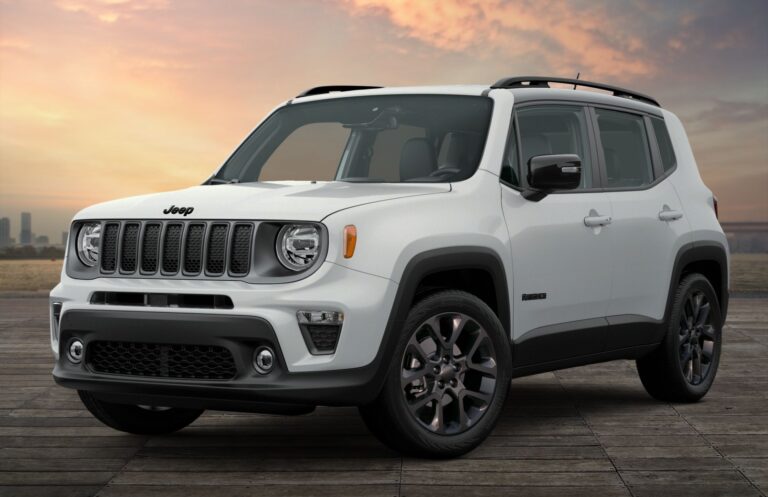Jeep Wagoneer Axles For Sale: A Comprehensive Buyer’s Guide
Jeep Wagoneer Axles For Sale: A Comprehensive Buyer’s Guide jeeps.truckstrend.com
The iconic Jeep Wagoneer, particularly the SJ generation produced from 1963 to 1991, holds a special place in automotive history. While celebrated for its pioneering luxury SUV status, it’s the robust and dependable axles beneath these classic vehicles that have truly cemented their legendary status within the off-roading and custom fabrication communities. For enthusiasts, restorers, and serious off-roaders, the phrase "Jeep Wagoneer Axles For Sale" isn’t just a classified ad; it’s an opportunity to acquire a foundation of strength, width, and reliability for their next project.
This comprehensive guide delves into everything you need to know about purchasing Wagoneer axles, exploring their enduring appeal, various configurations, benefits, key considerations, and practical advice to help you make an informed decision.
Jeep Wagoneer Axles For Sale: A Comprehensive Buyer’s Guide
The Enduring Appeal of Jeep Wagoneer Axles
The Jeep Wagoneer and its derivatives, like the Grand Wagoneer and Cherokee Chief, were built to last and tackle diverse terrains. Central to this durability were their sturdy drivetrain components, especially the axles. Unlike many contemporary vehicles, the Wagoneer often came equipped with axles that were over-engineered for their stock application, making them prime candidates for upgrades in lighter, more aggressively driven Jeeps and other custom 4×4 builds.
Primarily, the axles found under SJ Wagoneers are Dana 44s, both front and rear, although some earlier models might feature an AMC 20 rear axle. The Dana 44 is renowned for its strength-to-weight ratio, its robust design, and the vast aftermarket support available for lockers, gears, and upgraded shafts. What makes Wagoneer Dana 44s particularly desirable for swaps into vehicles like Jeep CJs, YJs, TJs, and even XJs, are a few key characteristics:
- Width: At approximately 60.5 to 61 inches (wheel mounting surface to wheel mounting surface, WMS-to-WMS) for the front, and 58-60 inches for the rear (depending on the year and specific model), Wagoneer axles offer a wider stance than most stock Jeep axles. This increased width significantly improves stability, especially on off-camber trails and during high-speed desert running.
- Strength: The Dana 44 is a substantial upgrade over the common Dana 30 front and Dana 35 rear axles found in many factory Jeeps. It can reliably handle larger tires (up to 37-inch with appropriate upgrades) and more aggressive driving.
- Driver’s Side Drop Front Axle: The Wagoneer front Dana 44 features a differential housing on the driver’s side, which perfectly aligns with the output of popular transfer cases like the NP231 (found in many CJs, YJs, TJs, XJs) and NP208. This simplifies driveshaft angles and eliminates the need for complex custom transfer case setups.
- Disc Brakes: Later model Wagoneer Dana 44 front axles (generally 1974 onwards) came standard with reliable and effective disc brakes, a significant improvement over drum brakes for performance and maintenance.

This combination of strength, ideal width, and compatibility makes Wagoneer axles a go-to choice for those looking to build a capable, durable off-road rig without breaking the bank on brand-new aftermarket units.
Understanding Different Wagoneer Axle Configurations
Before you start your search for "Jeep Wagoneer Axles For Sale," it’s crucial to understand the common configurations you’ll encounter:
Front Axles:
![]()
- Dana 44 (Open Knuckle, Disc Brakes): This is the holy grail for most swappers. Found in 1974-1991 Wagoneers, these axles feature an open knuckle design for easier maintenance and came with disc brakes. They typically have 30-spline inner and outer axle shafts, which are strong enough for most applications, but can be upgraded to chromoly shafts for extreme use. The WMS-to-WMS width is generally around 60.5 to 61 inches. The differential is always on the driver’s side.
- Dana 44 (Closed Knuckle, Drum Brakes): Found in earlier Wagoneers (pre-1974), these are less desirable due to the closed knuckle design, which makes maintenance more complex and limits steering angle, and the less effective drum brakes. While still a Dana 44, the added work to convert to open knuckle and disc brakes often makes them less cost-effective than finding a later model.
Rear Axles:
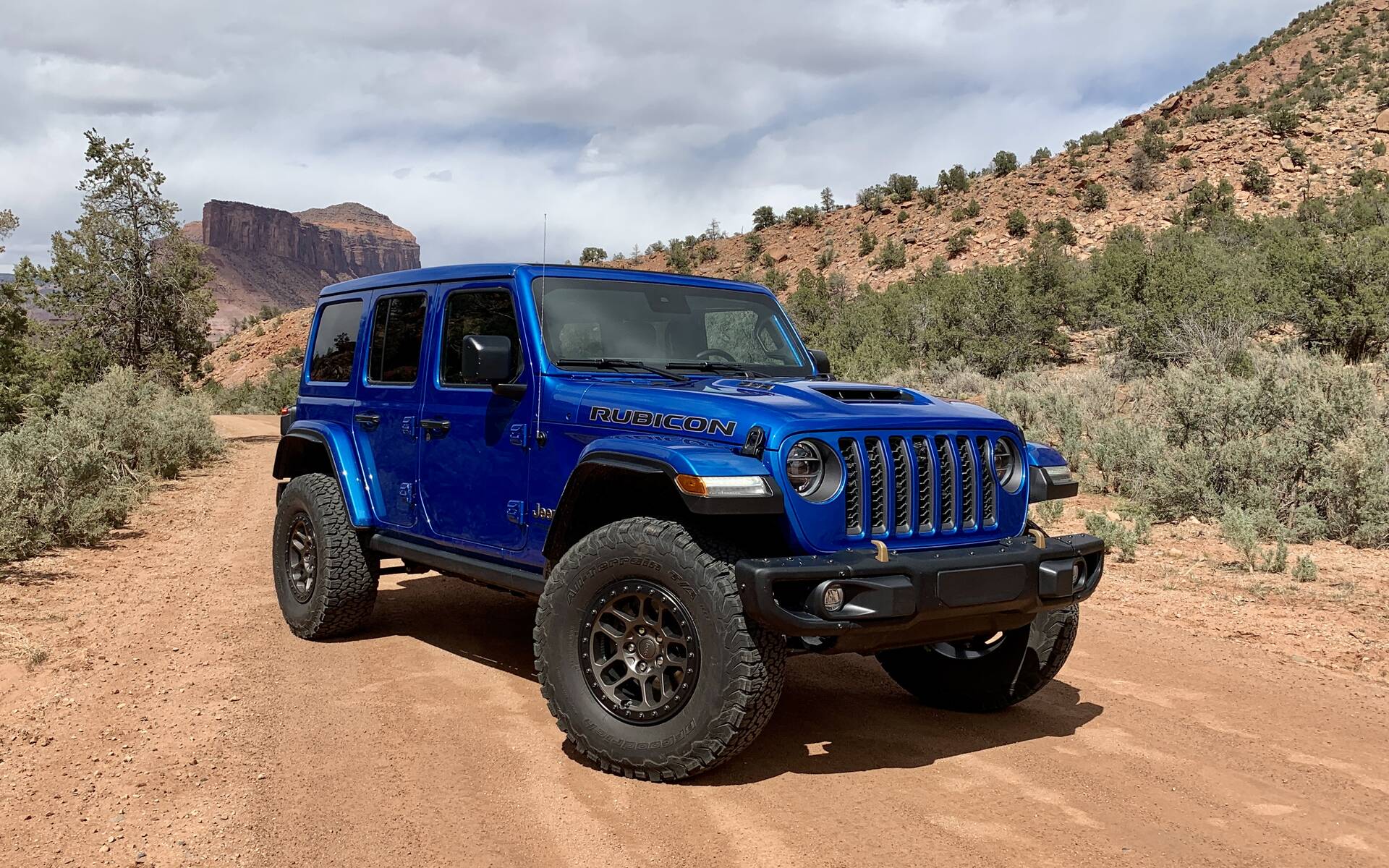
- Dana 44: Common in most Wagoneers, especially later models. These are typically 30-spline and offer good strength. Early versions might have drum brakes, while later ones might have disc brakes (though less common than on the front). The WMS-to-WMS width is usually around 59 to 60 inches.
- AMC 20: Found in some earlier Wagoneers. While lighter and weaker than a Dana 44 (known for their two-piece axle shafts which can twist), they are still an upgrade over a Dana 35. However, if given the choice, the Dana 44 is always preferred for its superior strength and aftermarket support. WMS-to-WMS width is typically around 58 inches.
When looking for a pair of Wagoneer axles, ideally you want a matched set with the same gear ratio. This simplifies the swap considerably, as re-gearing both axles can be a significant additional cost.
Benefits of Upgrading to Wagoneer Axles
The decision to opt for Wagoneer axles for your build comes with a host of advantages that go beyond mere compatibility:
- Significant Strength Increase: Swapping from a Dana 30/35 setup to Dana 44s provides a dramatic improvement in axle tube and differential strength, reducing the risk of bending or breaking components under stress from larger tires, lockers, and aggressive driving.
- Enhanced Stability: The wider track width provided by Wagoneer axles offers a noticeable increase in vehicle stability, both on the road and off it. This is particularly beneficial for lifted vehicles, reducing body roll and improving confidence on steep or off-camber terrain.
- Cost-Effectiveness: Compared to purchasing brand-new aftermarket Dana 44 or Dana 60 axles, which can run into thousands of dollars per axle, used Wagoneer axles offer a much more budget-friendly entry point into a stronger drivetrain. Even with rebuild costs, they often present a superior value.
- Abundant Aftermarket Support: The Dana 44 is one of the most widely supported axles in the aftermarket. This means a vast selection of gears, lockers (limited slip, automatic, selectable), chromoly axle shafts, heavy-duty covers, and differential components are readily available from numerous manufacturers.
- Improved Braking: The disc brakes on later model Wagoneer front Dana 44s provide superior stopping power and are easier to service than drum brakes. Many enthusiasts also convert the rear drums to discs for optimal braking performance.
- Good Starting Point for Gearing: Wagoneer axles commonly came with desirable gear ratios like 3.54, 3.73, and 4.09, which can be suitable for many tire sizes without immediate re-gearing, depending on your engine and transmission.
Where to Find Jeep Wagoneer Axles For Sale
The hunt for "Jeep Wagoneer Axles For Sale" can take you to various places, each with its own advantages and disadvantages:
- Online Marketplaces: Websites like eBay, Craigslist, and Facebook Marketplace are popular starting points. Use specific search terms like "Wagoneer Dana 44," "SJ Dana 44," or "Grand Wagoneer axles." Be prepared to travel for pickup, as shipping axles is expensive.
- Specialized Forums and Classifieds: Off-roading forums (e.g., Pirate4x4, Jeepforum, NAXJA) often have classified sections where members sell used parts. These sources can be excellent as sellers are often knowledgeable and might provide more detailed information.
- Salvage Yards/Junkyards: Local salvage yards or those specializing in older 4x4s can be a treasure trove. Call ahead to check inventory. Online junkyard search engines can also help locate specific vehicles.
- Dedicated Axle Suppliers/Rebuilders: Some companies specialize in sourcing, rebuilding, and even custom-building axles. While more expensive, you’ll get a professionally inspected and often warrantied product.
- Word of Mouth: Networking within local off-road clubs or automotive communities can sometimes lead you to a hidden gem.
Important Considerations Before Buying
Acquiring a set of used axles requires careful inspection and planning. Here’s what you need to consider:
- Condition is King:
- Rust and Damage: Inspect the axle tubes and differential housing for excessive rust, dents, or bends. A bent axle tube can lead to alignment issues and premature bearing wear.
- Fluid Leaks: Check for oil leaks around the differential cover, pinion seal, and axle seals.
- Play in Components: Check for excessive play in the wheel bearings, ball joints (front axle), and U-joints. While these are wear items and can be replaced, significant play indicates a neglected axle that will require more immediate investment.
- Brakes: Assess the condition of calipers, rotors/drums, and brake lines. Assume they will need servicing or replacement.
- Gearing:
- Verify Ratio: Look for a tag on the differential cover bolts that indicates the gear ratio. If no tag, you’ll need to perform a "spin test" (rotate the pinion and count axle shaft rotations) to determine the ratio.
- Matched Set: If buying front and rear axles, ensure they have the same gear ratio for proper 4×4 operation.
- Width (WMS-to-WMS): Confirm the exact WMS-to-WMS measurement. While generally consistent, minor variations exist. This is crucial for determining your vehicle’s final stance and tire clearance.
- Differential Drop: For the front axle, ensure it’s a driver’s side drop if your transfer case requires it. Wagoneer Dana 44s are almost exclusively driver’s side drop, making them ideal for common Jeep transfer cases.
- Spline Count: Wagoneer Dana 44s are typically 30-spline. This is standard and offers good strength, but it’s worth confirming.
- Included Components: Does the sale include brake calipers, rotors, steering knuckles, and axle shafts? What about the differential carrier and gears? A "bare housing" will be cheaper but require more parts.
- Shipping vs. Pickup: Axles are heavy and bulky. Local pickup is almost always preferred to avoid exorbitant freight shipping costs. Factor this into your budget.
The Axle Swap Process: A Brief Overview
While a full axle swap guide is beyond the scope of this article, understanding the general process helps in evaluating the commitment:
- Planning and Measurement: Critical first steps involving measuring your existing setup, desired ride height, and clearances.
- Disassembly: Removing your old axles, driveshafts, and suspension components.
- Axle Preparation: Cleaning the Wagoneer axles, removing old spring perches, shock mounts, and control arm brackets. Inspecting and rebuilding components like bearings, seals, and ball joints as needed.
- Fabrication: This is where most of the work lies. New spring perches, shock mounts, and potentially control arm mounts (for coil spring setups) must be precisely located and welded onto the Wagoneer axle tubes. Pinion angle is critical here.
- Brakes and Steering: Adapting brake lines, potentially upgrading to a new master cylinder or booster, and fabricating or adapting steering linkage (tie rod, drag link) to accommodate the wider axle and new geometry. Crossover steering is a popular upgrade with Wagoneer axles.
- Driveshafts: Your existing driveshafts will almost certainly be too short or too long. You’ll need to have new ones made or your existing ones modified.
- Final Assembly: Reassembling all components, bleeding brakes, filling differentials with fluid, and performing a thorough check.
This process typically requires welding skills, fabrication knowledge, and a good understanding of suspension and steering geometry. Many choose to have professional shops perform the welding and critical setup steps.
Potential Challenges and Solutions
Despite their advantages, Wagoneer axle swaps aren’t without their hurdles:
- Rust and Wear: Challenge: Many used axles will be rusty and require new bearings, seals, and ball joints. Solution: Factor in the cost of a complete rebuild kit ($200-$500 per axle) and the labor if you’re not doing it yourself.
- Mismatched Gearing: Challenge: If you can’t find a matched front and rear set, or if the existing ratio isn’t suitable for your tire size, you’ll need to re-gear. Solution: Budget $500-$1000 per axle for parts and labor for a professional re-gear.
- Brake Compatibility: Challenge: Your existing brake master cylinder might not be sufficient for the Wagoneer’s disc brakes. Solution: Upgrade to a larger bore master cylinder and potentially a brake booster from a compatible vehicle (e.g., late 80s Grand Wagoneer, Chevy K20).
- Steering Geometry: Challenge: The wider axle and different knuckle geometry will necessitate custom steering linkage. Solution: Invest in a crossover steering kit or be prepared to fabricate custom tie rods and drag links.
- Driveshaft Modifications: Challenge: Driveshafts will need to be resized. Solution: Locate a local driveline shop for modifications or new shaft fabrication.
- Wider Stance Aesthetics: Challenge: The wider stance may make your tires protrude past your fenders. Solution: Install wider fender flares to stay legal and prevent debris from being thrown up.
Jeep Wagoneer Axles For Sale: Estimated Price Guide
Please note that these prices are highly variable based on condition, location, seller, included components (e.g., differential, shafts, brakes), and market demand. This table provides estimated ranges for typical "Jeep Wagoneer Axles For Sale" listings.
| Axle Type | Condition | Key Features/Notes | Estimated Price Range (USD) |
|---|---|---|---|
| Front Axles | |||
| Dana 44 (Open Knuckle) | Used (Core/As-Is) | Pre-’74, Closed Knuckle, Drum Brakes, Needs Rebuild | $200 – $500 |
| Dana 44 (Open Knuckle) | Used (Good Condition) | ’74+, Disc Brakes, 30-spline, Stock Gearing | $400 – $900 |
| Dana 44 (Open Knuckle) | Rebuilt/Refurbished | Professionally Rebuilt, New Bearings, Seals, Ball Joints, Painted, Stock Gearing | $1000 – $1800+ |
| Rear Axles | |||
| AMC 20 | Used (Core/As-Is) | Narrower, 2-piece shafts, Drum Brakes | $100 – $300 |
| Dana 44 | Used (Core/As-Is) | Drum Brakes (early), Needs Rebuild, 30-spline | $200 – $450 |
| Dana 44 | Used (Good Condition) | Drum or Disc Brakes (less common), 30-spline, Stock Gearing | $350 – $800 |
| Dana 44 | Rebuilt/Refurbished | Professionally Rebuilt, New Bearings, Seals, Painted, Stock Gearing | $900 – $1600+ |
| Complete Sets | |||
| Dana 44 Front & Rear | Used (Matched Set) | Matched Gearing, Disc Front/Drum Rear, Needs TLC | $700 – $1400 |
| Dana 44 Front & Rear | Rebuilt Matched Set | Professional Rebuild, New Components, Matched Gearing | $2200 – $3800+ |
Disclaimer: These are general estimates. Always inspect axles thoroughly or ask for detailed photos and information before purchase. Factor in potential shipping costs and the cost of any necessary rebuilds or upgrades.
Frequently Asked Questions (FAQ)
Q1: Why are Jeep Wagoneer axles so popular for swaps?
A1: They are popular due to their ideal width (providing stability), strength (Dana 44s are a significant upgrade over stock Jeep axles), driver’s side differential drop (compatible with many Jeep transfer cases), and availability of disc brakes on later models. They offer a cost-effective solution for building a more capable off-road vehicle.
Q2: What’s the difference between early and late Wagoneer Dana 44s?
A2: Early Wagoneer Dana 44 front axles (pre-1974) typically have closed knuckles and drum brakes, which are less desirable due to maintenance complexity and braking performance. Later models (1974-1991) feature open knuckles and disc brakes, making them much more sought after.
Q3: Do I need to re-gear my Wagoneer axles?
A3: It depends on your tire size, engine, transmission, and intended use. If the existing gear ratio doesn’t match your needs (e.g., too high for larger tires), or if you can’t find a front and rear set with matching ratios, you will need to re-gear one or both axles.
Q4: Will Wagoneer axles bolt right into my Jeep CJ/YJ/TJ/XJ?
A4: No. Wagoneer axles are not a direct bolt-in. They require significant fabrication, including cutting off old spring perches and mounts, welding on new ones specific to your vehicle’s suspension (leaf spring or coil spring), and modifying steering and driveshafts. This is a project best suited for those with welding and fabrication skills or who plan to hire a professional.
Q5: What’s "WMS-to-WMS" and why is it important?
A5: WMS-to-WMS stands for "Wheel Mounting Surface to Wheel Mounting Surface." It’s the measurement of the axle’s width where the wheels bolt on. This measurement is crucial because it determines your vehicle’s overall track width and how far your tires will stick out from the fenders. Wagoneer axles are wider than many stock Jeep axles, providing increased stability but potentially requiring wider fender flares.
Q6: Are disc brakes standard on Wagoneer axles?
A6: On the front, disc brakes became standard on Wagoneer Dana 44s from 1974 onwards. Rear Wagoneer axles typically came with drum brakes, though some aftermarket or custom conversions to disc brakes may exist.
Q7: What should I look for when inspecting a used Wagoneer axle?
A7: Check for rust, bends in the axle tubes, fluid leaks (pinion seal, differential cover, axle seals), play in the wheel bearings, ball joints (front), and U-joints. Verify the gear ratio if possible. Inspect brake components for excessive wear or damage.
Q8: Can I use my stock driveshafts with Wagoneer axles?
A8: It’s highly unlikely. The difference in axle width and pinion location will almost certainly require custom-length driveshafts or modifications to your existing ones.
Conclusion
The search for "Jeep Wagoneer Axles For Sale" is often the first step in a transformative journey for any serious off-road build or classic Jeep restoration. While they are not a direct bolt-in solution, the enduring strength, ideal width, and proven reliability of Wagoneer Dana 44 axles make the effort of an axle swap well worth it. They provide a robust foundation that can handle larger tires, more challenging terrains, and the rigors of off-road adventures that stock axles simply cannot.
By understanding the different configurations, meticulously inspecting potential purchases, and planning for the necessary fabrication and associated costs, you can successfully integrate these legendary axles into your project. The legacy of the Jeep Wagoneer lives on, not just in classic car collections, but under the chassis of countless custom 4x4s, proving that sometimes, the best upgrades come from the most unexpected, yet historically significant, sources.
